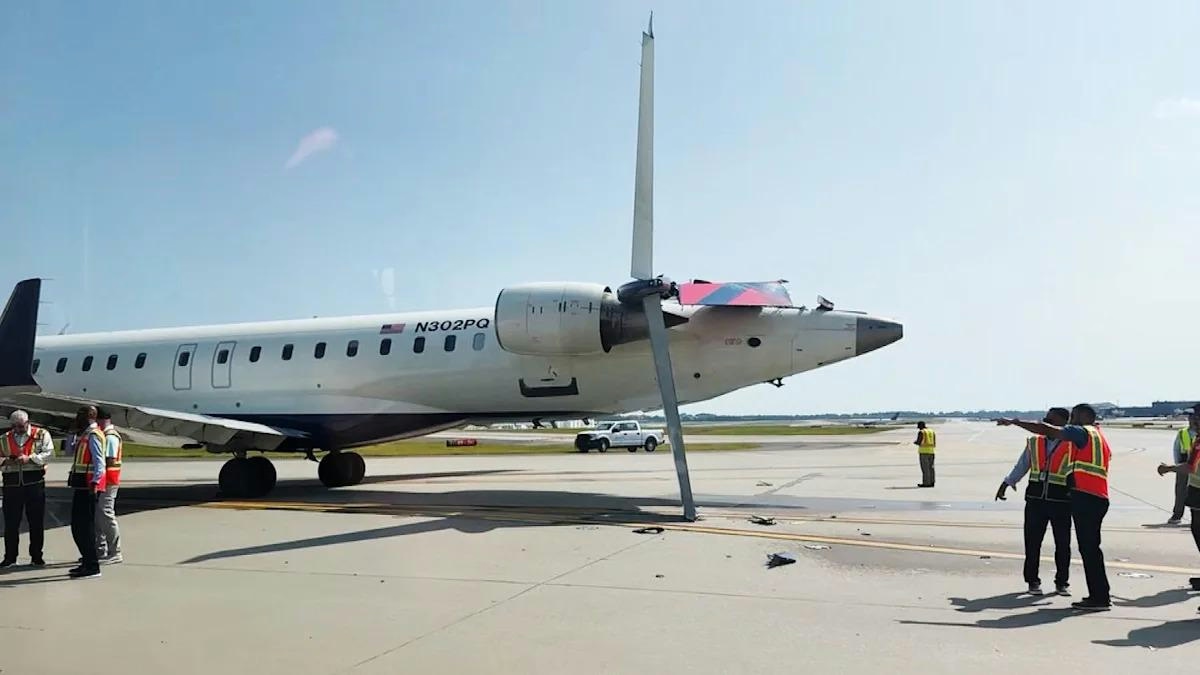
بريد إلكتروني أذكى، وأعمال أسرع. وسم وتحليل والرد تلقائيًا على طلبات العروض، وعروض الأسعار، والطلبات، والمزيد — فورًا.
الرائج الآن
MRO Memo: Aviation’s Delicate Path To Supply Chain Equilibrium

MRO Memo: Aviation’s Delicate Path to Supply Chain Equilibrium
The aviation industry continues to navigate a complex and fragile path toward restoring balance in its supply chain, a process expected to span several years barring any unforeseen disruptions akin to the COVID-19 pandemic. While a gradual return to equilibrium is widely anticipated, the sector remains susceptible to sudden and significant shifts. Consultancy firm McKinsey warns of a potential abrupt transition from excess demand to oversupply, particularly if original equipment manufacturers (OEMs) accelerate production too rapidly or if a global economic downturn materializes. Such developments could precipitate a wave of retirements among older aircraft and engines, which are typically the most maintenance-intensive, thereby exerting considerable pressure on the maintenance, repair, and overhaul (MRO) segment.
Reassessing the Aircraft Shortage
McKinsey’s analysis suggests that the commonly perceived shortage of aircraft may be somewhat overstated. Although production has fallen short by approximately 5,000 new aircraft over the past six years compared to pre-pandemic forecasts, not all of these units would have been immediately necessary due to suppressed demand and a lower-than-expected rate of fleet retirements. When accounting for these delayed retirements, the consultancy estimates the actual global shortage to be closer to 2,000 aircraft, with roughly 75 percent of this deficit concentrated in narrowbody models. This recalibration highlights the nuanced challenges facing the industry as it seeks to align production with evolving market realities.
Manufacturing Strategies and Market Dynamics
The journey toward supply chain equilibrium is further complicated by shifting manufacturing strategies and broader market dynamics. Airbus is aggressively pursuing high-rate production of its next-generation narrowbody aircraft, a strategy that has elicited mixed reactions from investors concerned about the associated financial risks. Concurrently, Boeing maintains a robust production schedule, albeit with a more subdued presence at major industry events such as the Paris Air Show. These production approaches are unfolding amid regulatory uncertainties, including the impact of executive orders on advanced air mobility initiatives like beyond visual line of sight (BVLOS) operations, which add layers of complexity to the sector’s operational environment.
Industry forecasts contribute additional complexity to the outlook. The International Air Transport Association (IATA) recently revised its 2025 projections, reflecting ongoing shifts in market demand and the resilience of supply chains. These updated forecasts underscore the critical need for coordinated efforts across the aviation ecosystem to manage the delicate balance between supply and demand effectively.
Conditions for a Soft Landing
Despite the challenges, McKinsey identifies a pathway toward a “soft landing” scenario, contingent upon several key conditions. These include a measured increase in OEM production rates, improvements in supply chain performance that keep pace with output, steady growth in air travel demand, and a balance between slower fleet renewal at established airlines and rising demand from rapidly expanding carriers in developing markets. Under such circumstances, aircraft manufacturers, engine suppliers, MRO providers, and airlines could all benefit from enhanced stability, with production growth more closely aligned to demand, facilitating improved planning and operational efficiency.
However, this stabilization may come at a cost to certain market participants. Lessors and niche operators, particularly those specializing in late-life-cycle MRO services, may face significant adjustments as the current favorable conditions normalize. The aviation industry’s progression toward supply chain equilibrium thus remains a delicate endeavor, shaped by the interplay of manufacturing ambitions, regulatory developments, and the unpredictable fluctuations of global demand.
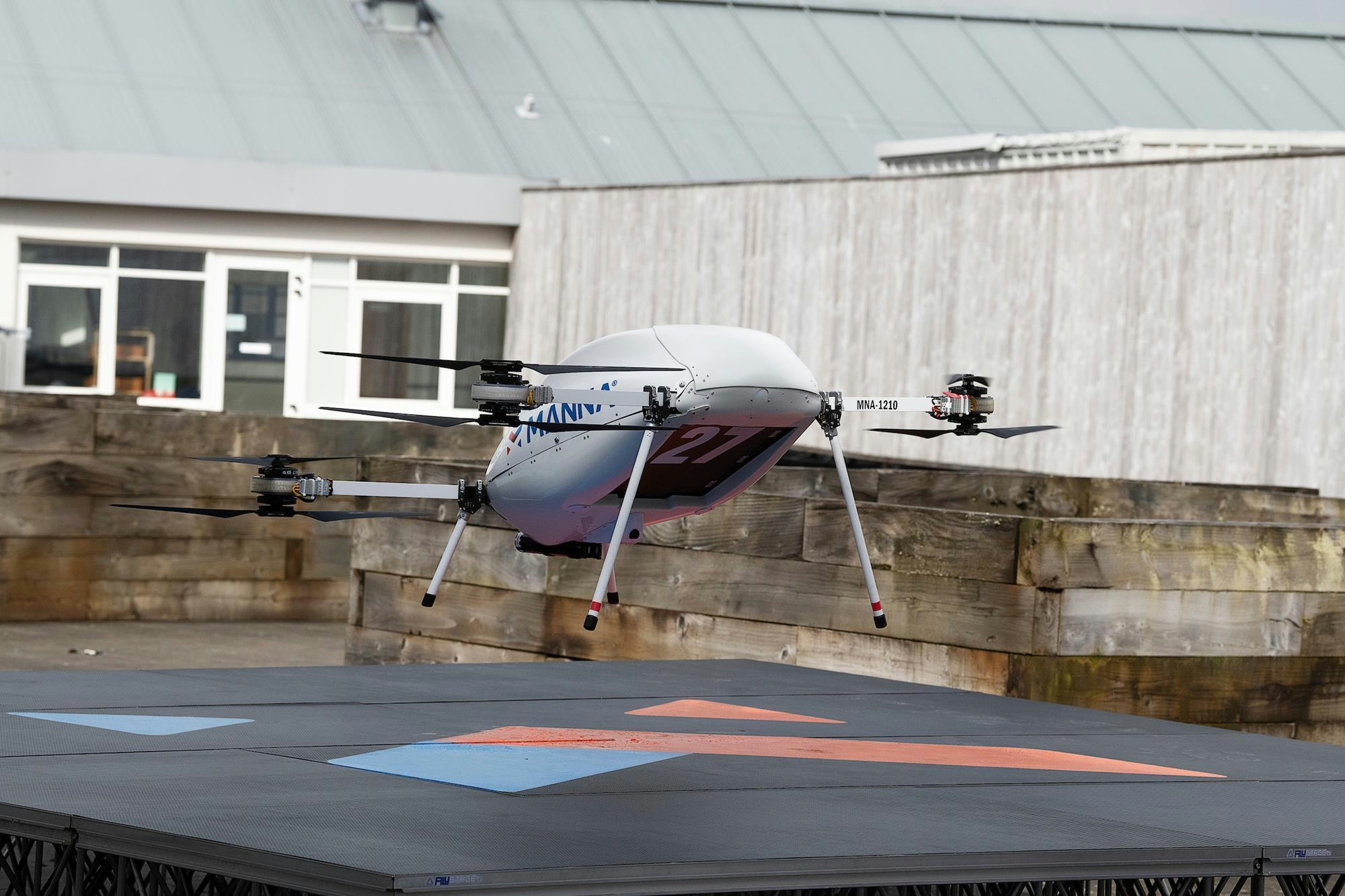
Drone delivery company Manna expects approval for quieter aircraft within months
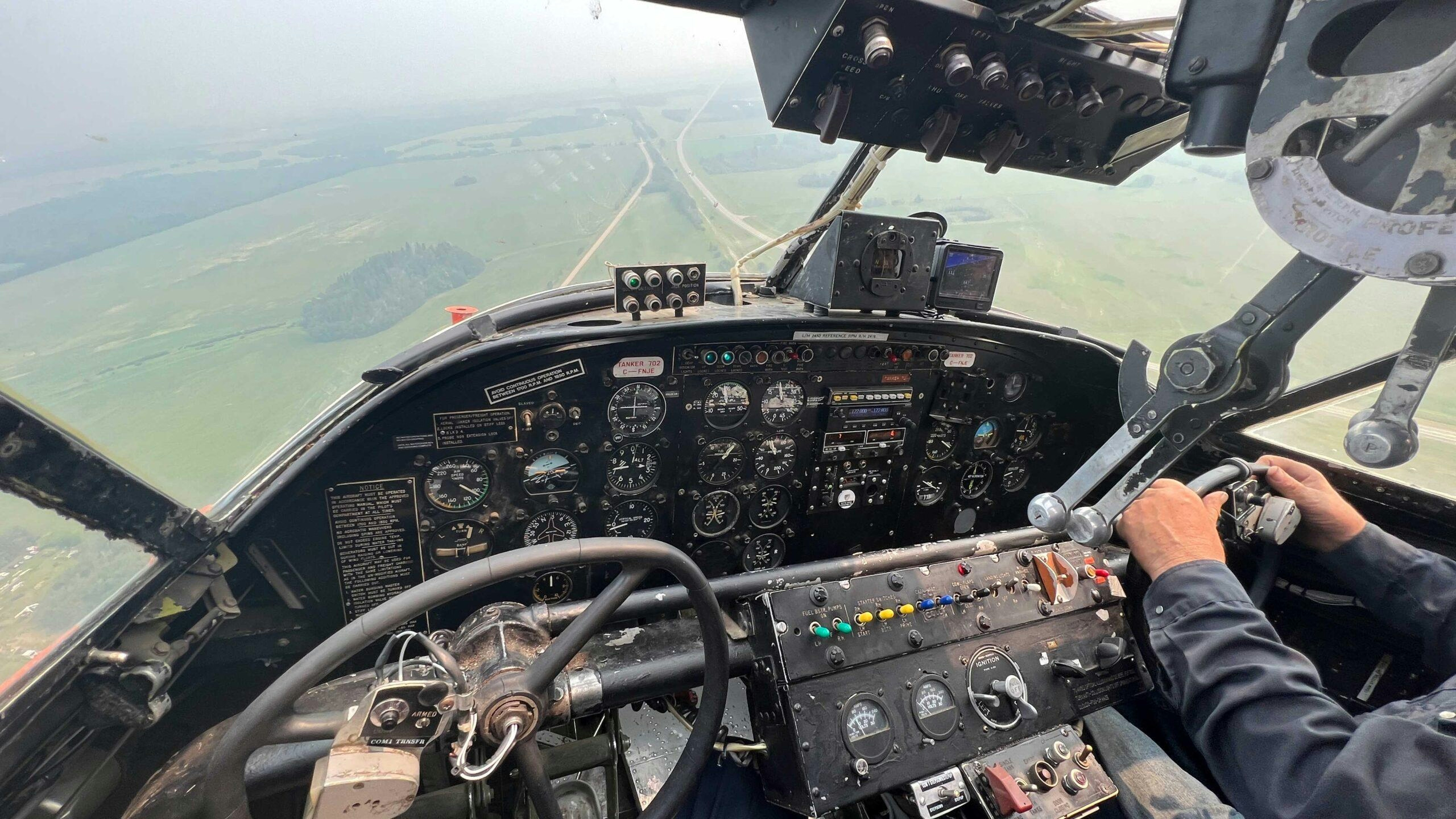
PBY-5A Catalina 'Princess of the Stars' Grounded for Engine Overhaul

IndiGo Ventures Closes First Fund at Rs 450 Crore, Invests in Jeh Aerospace

Navigating the Shift in Airline Retailing
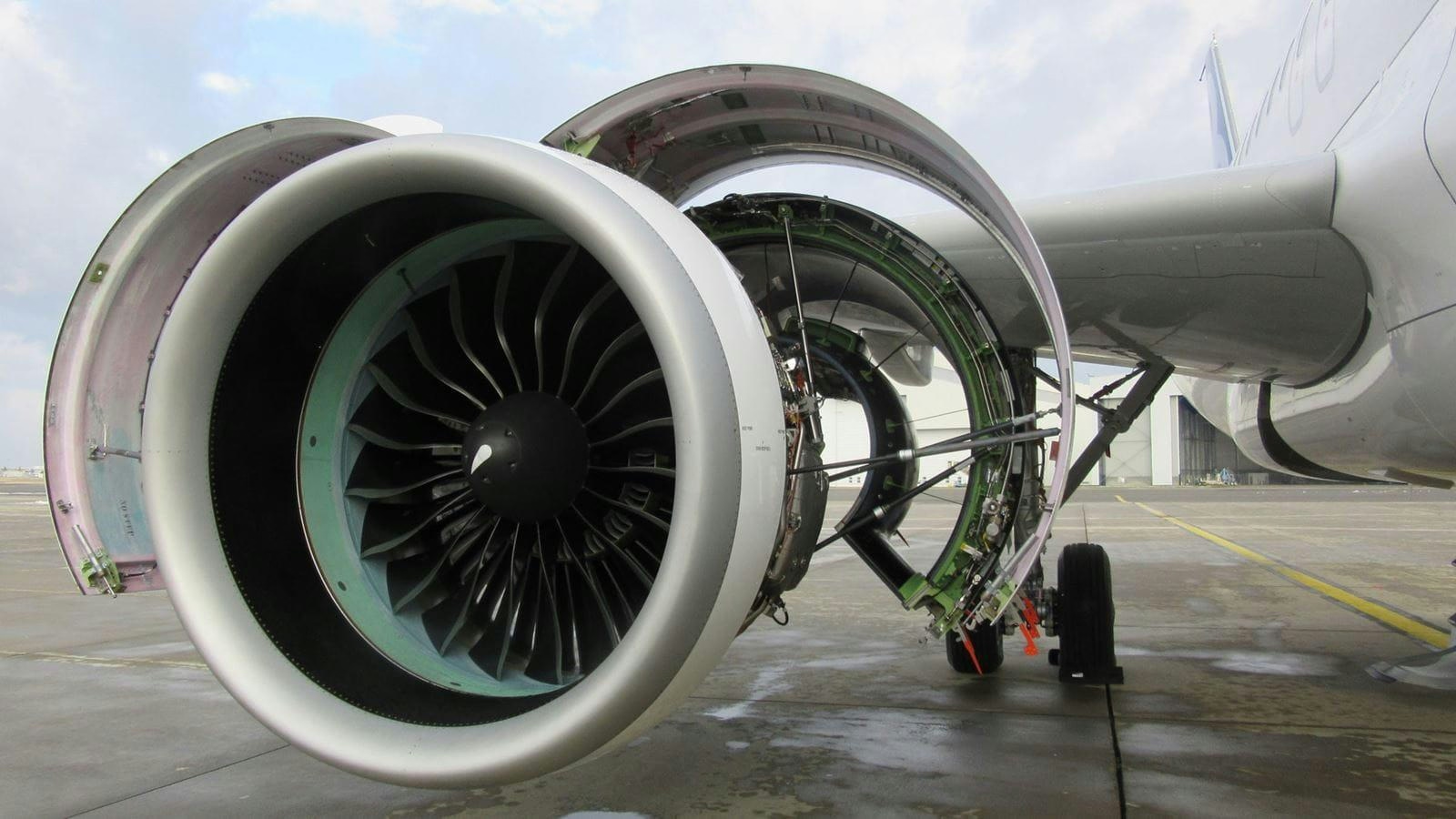
Asia-Pacific Airlines Project $7.3 Billion Profit in 2024 Despite Operational Challenges
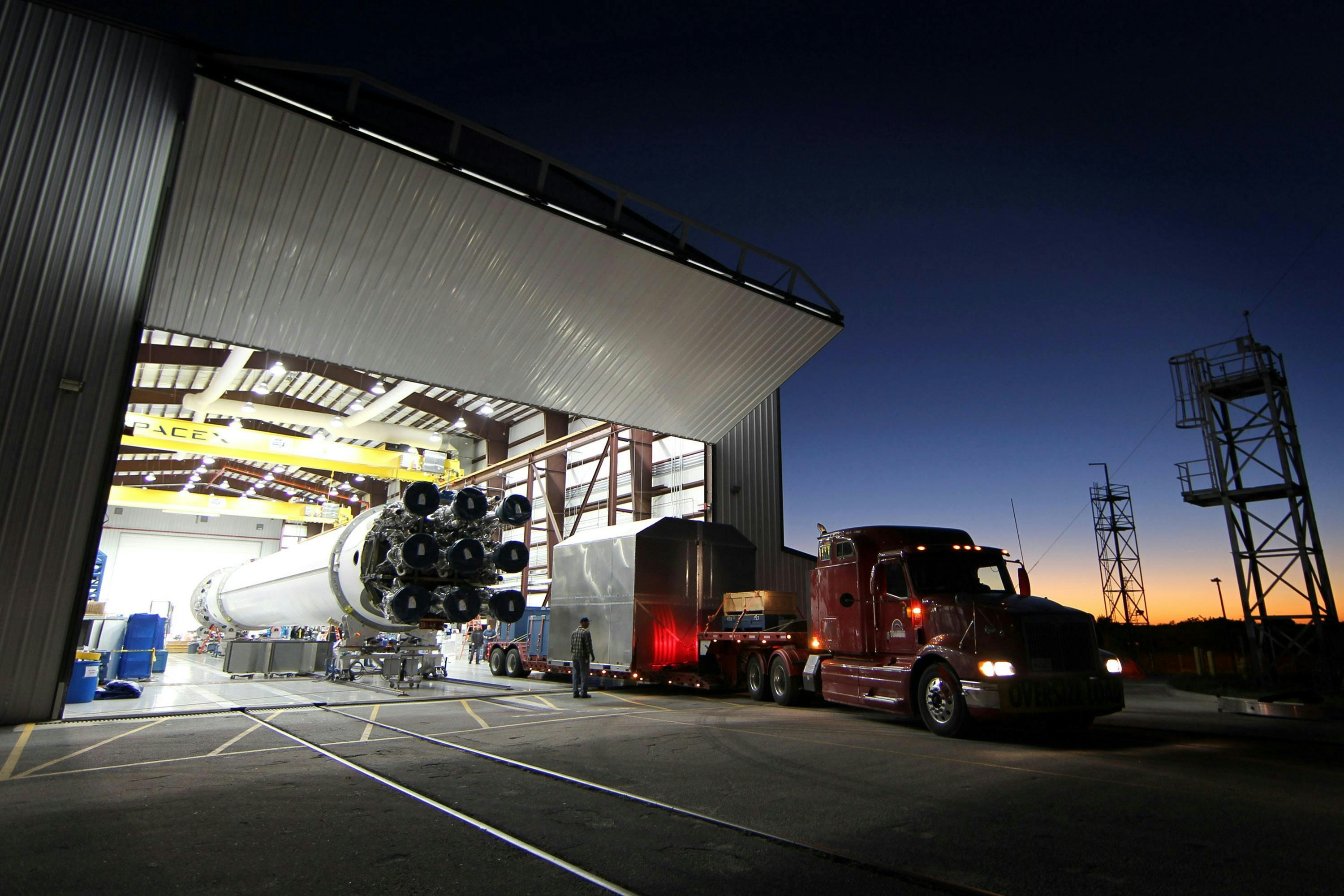
Starlink's Role in Transforming Aviation Infrastructure
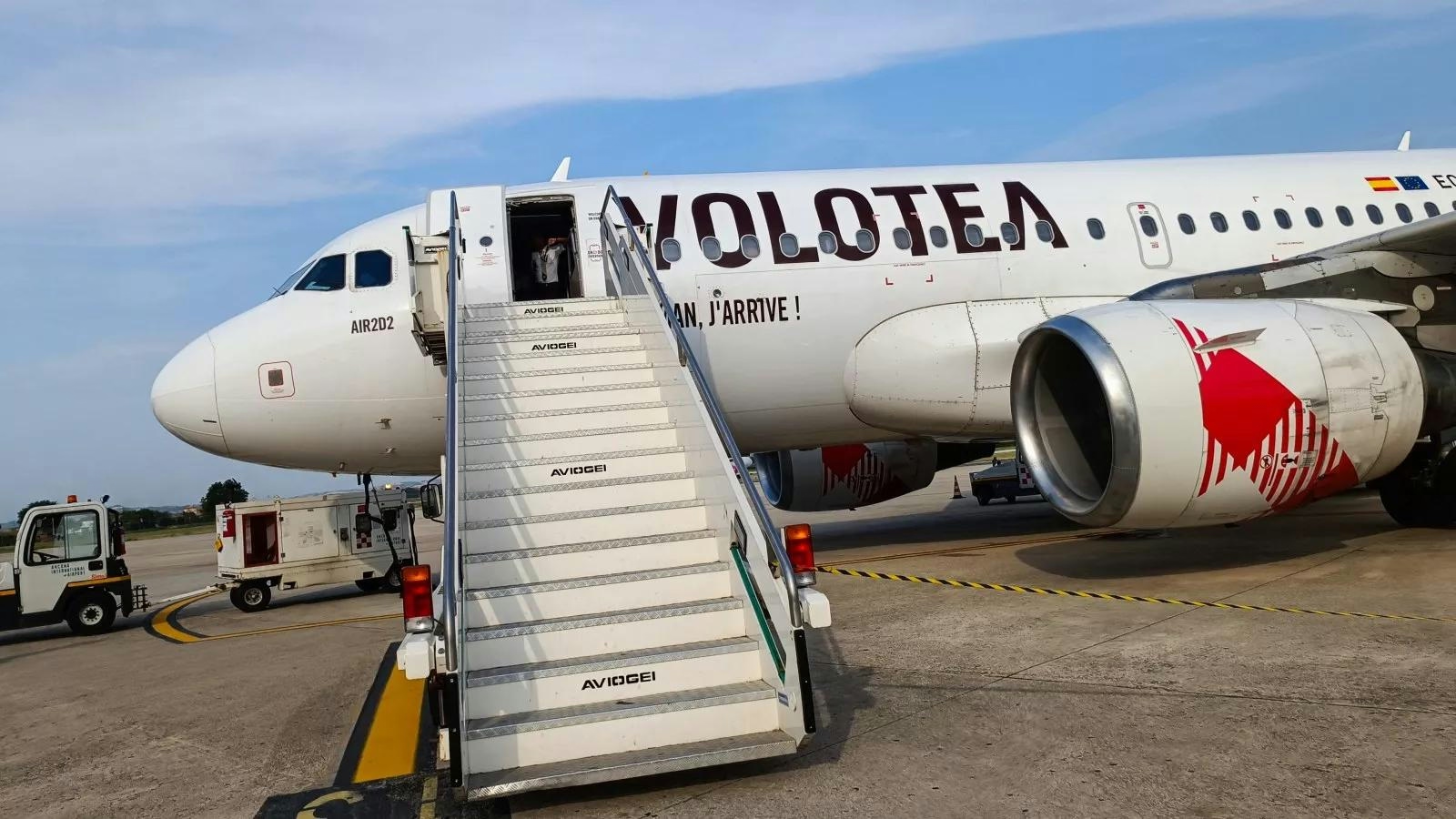
Investigation Launched into Fatal Injury Caused by Volotea A319 Engine at Milan Bergamo Airport
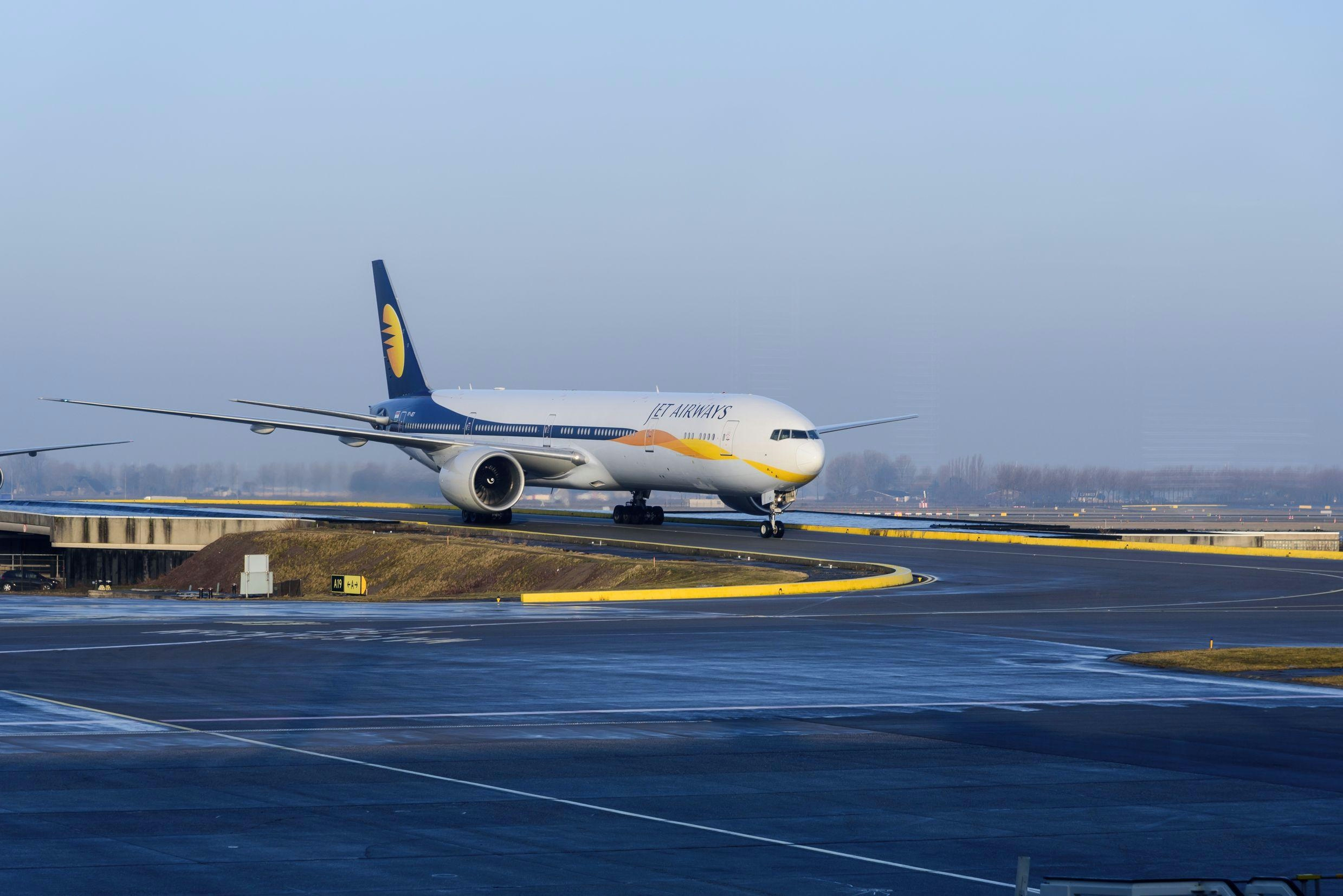
India, France, and Singapore Collaborate as Jet Airways Relaunches
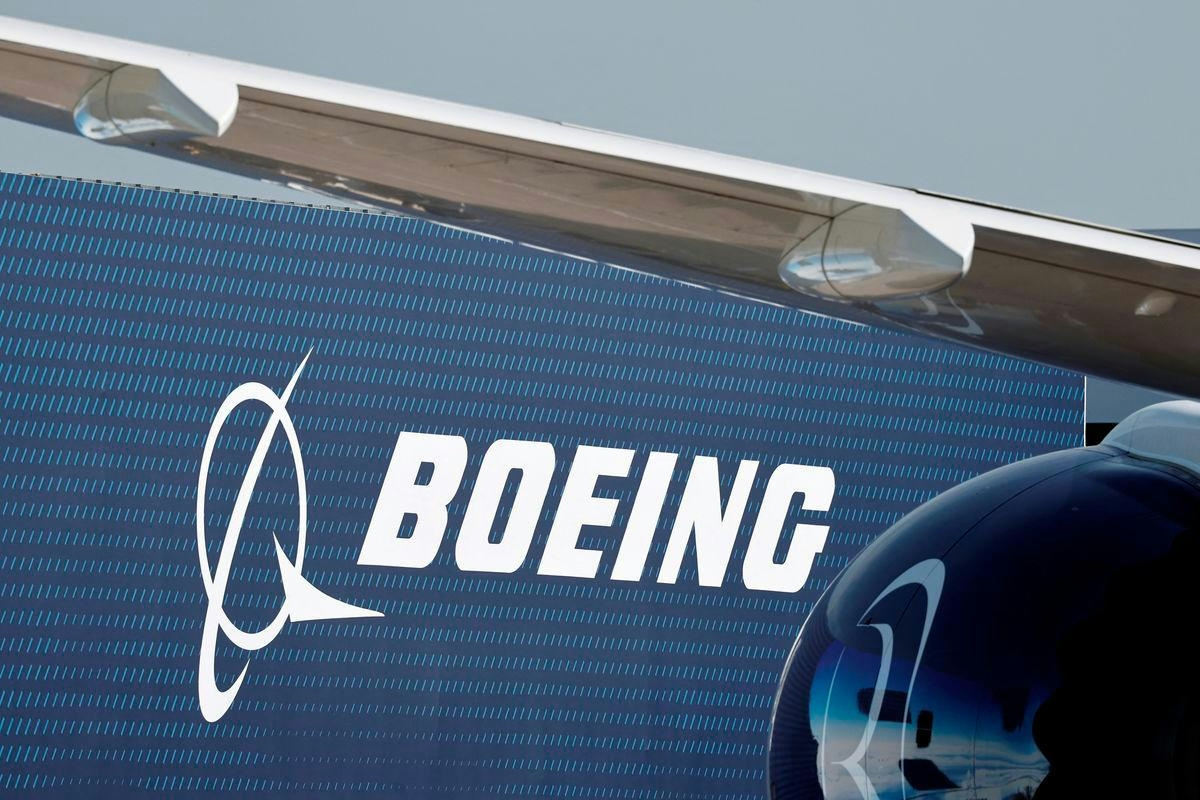
Boeing Resumes Deliveries to China
